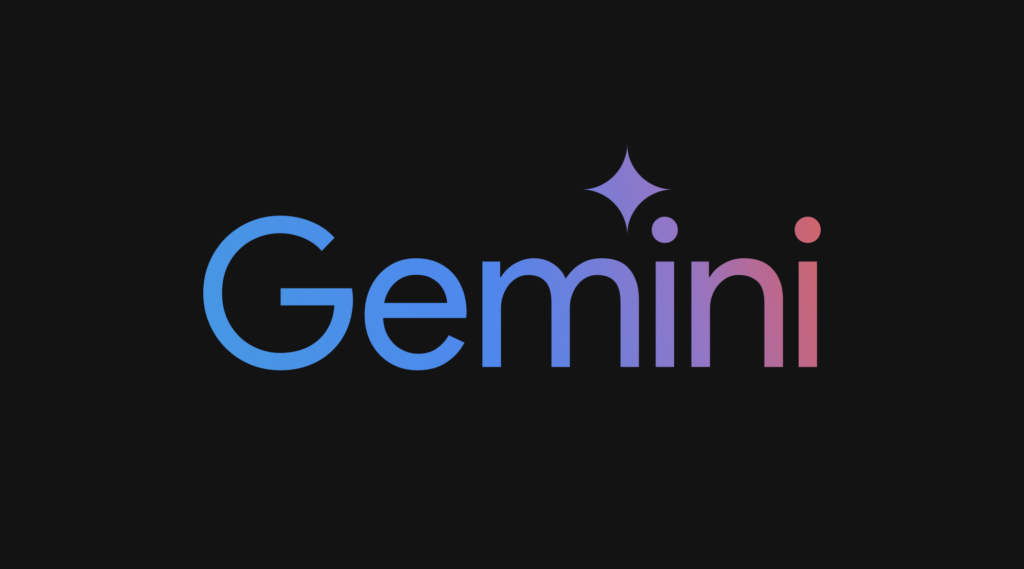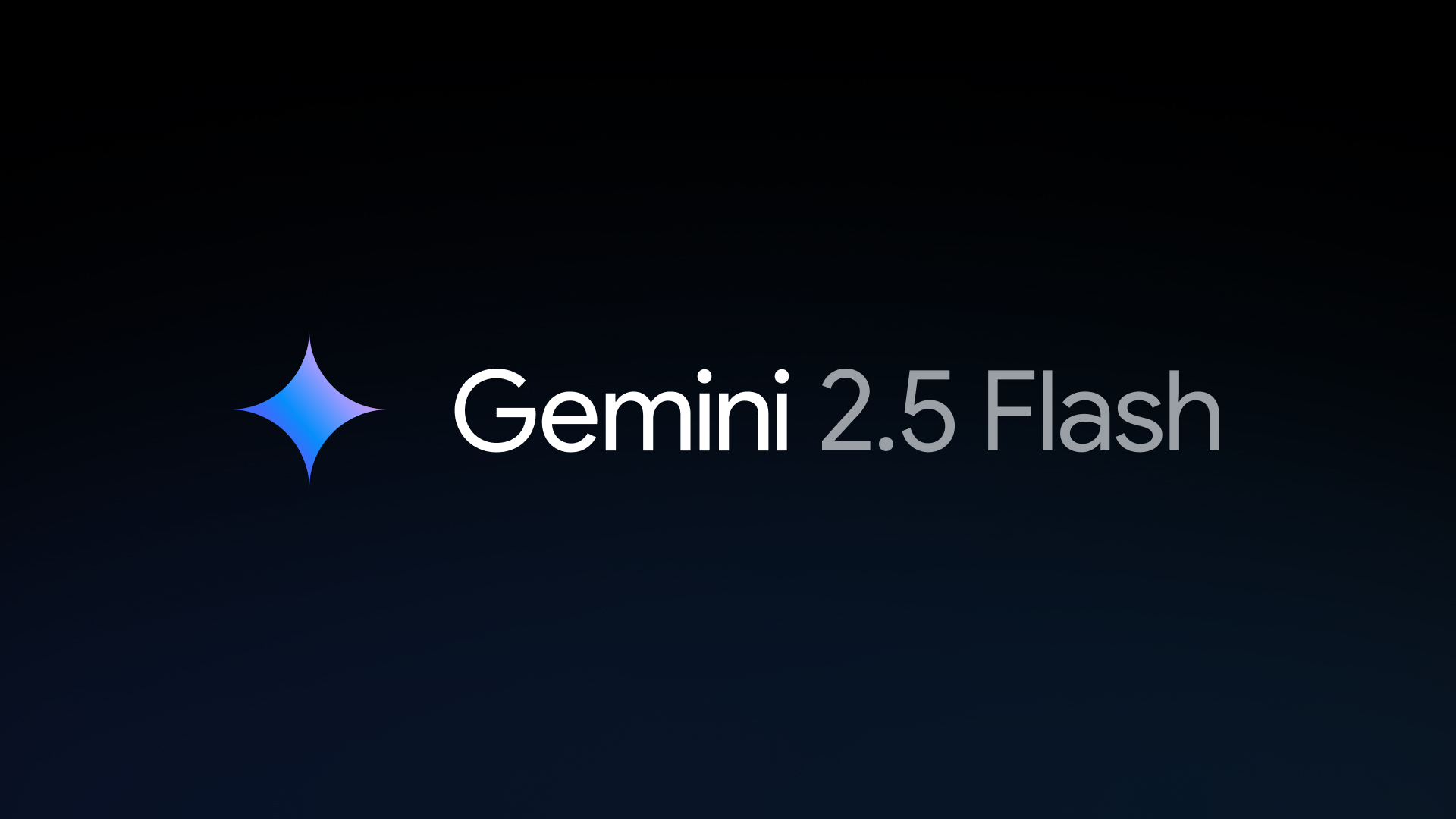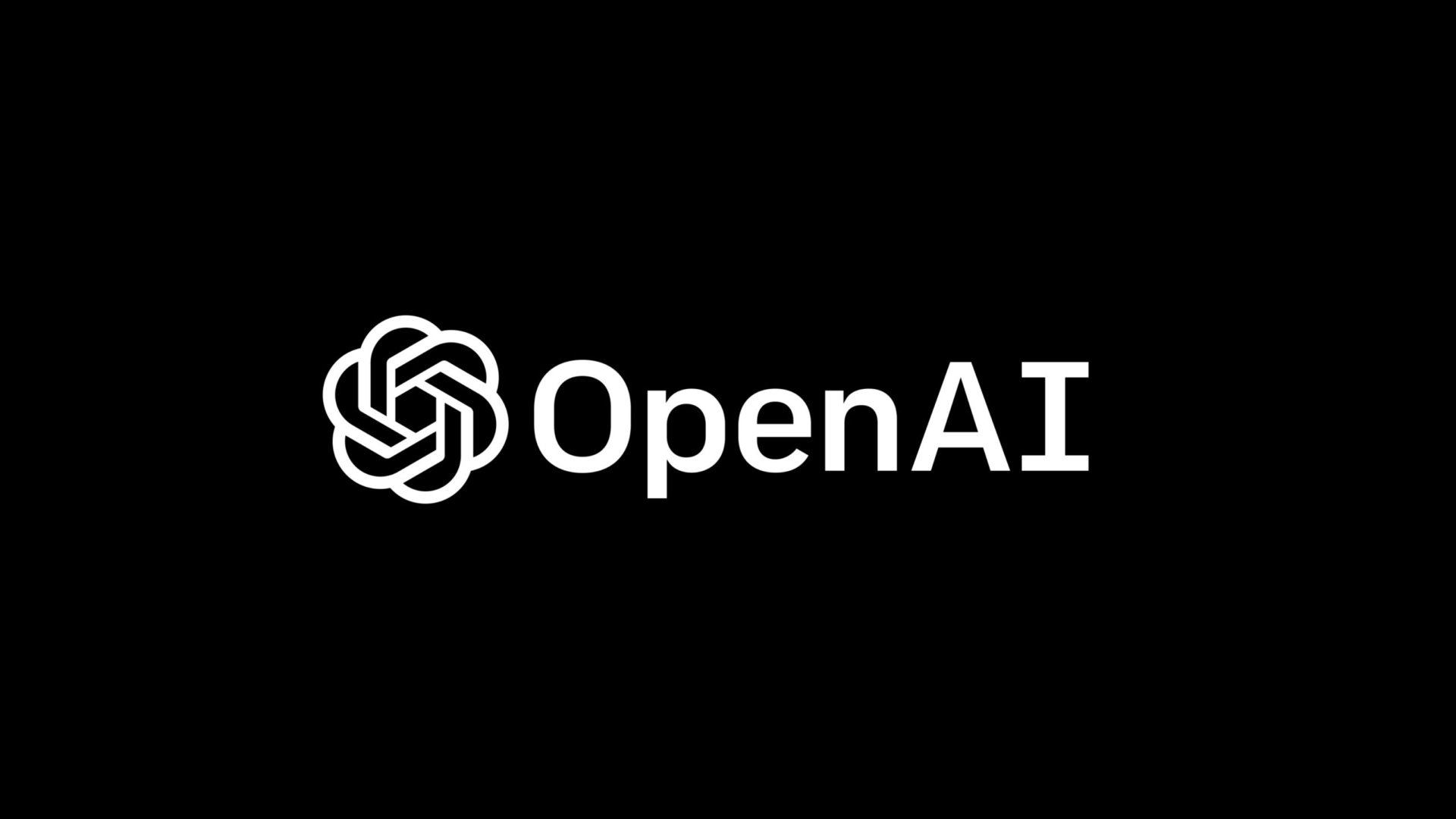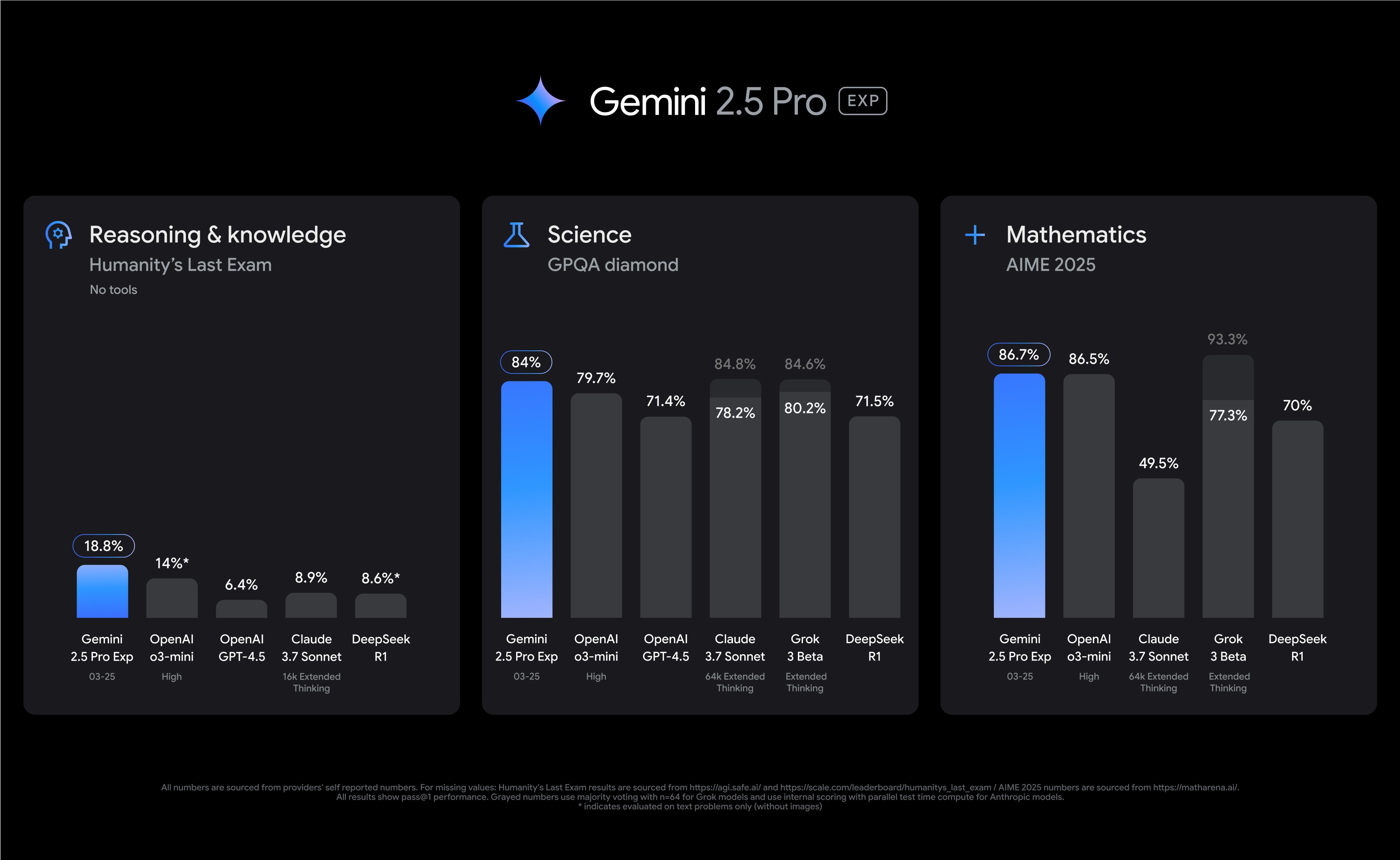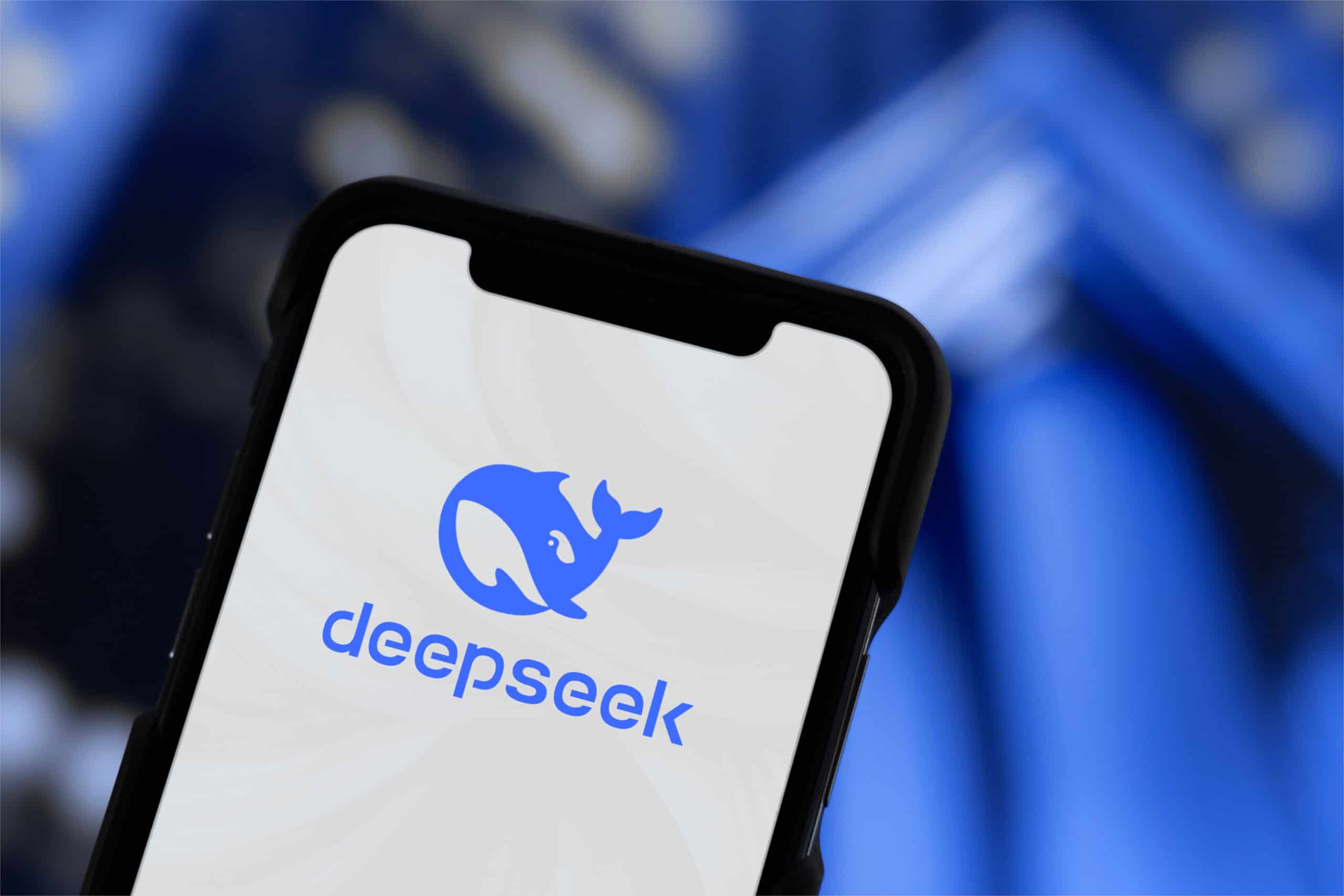Sesame, the startup that captured global attention with its viral virtual assistant Maya, today announced the release of its foundational AI model, CSM-1B. The 1-billion-parameter model is poised to transform conversational AI by delivering remarkably human-like interactions through advanced speech synthesis and processing technologies.
At its core, CSM-1B leverages residual vector quantization (RVQ) techniques to encode audio data efficiently—a technology that has been pivotal in driving innovations at industry giants like Google and Meta. This breakthrough allows the model not only to generate realistic speech but also to handle multiple input modalities, including both text and audio. Built partly upon technology from Meta’s Llama family, CSM-1B represents a significant leap forward in blending sophisticated language models with natural-sounding audio outputs.
Open-Source Ambitions and Developer Empowerment
In a bold move, Sesame has made CSM-1B available under the Apache 2.0 license. By open-sourcing its base AI model, the startup is inviting developers around the globe to experiment, innovate, and extend the model’s capabilities. This decision underscores Sesame’s commitment to transparency and community-driven progress in AI, even as it acknowledges the need for responsible usage given the model’s minimal built-in safeguards against misuse.
Check this out:
The Minds Behind the Model
Sesame’s rapid rise in the tech ecosystem can be largely attributed to its visionary leadership. Co-founded by former Oculus co-founder Brendan Iribe alongside key figures from the tech industry, the startup has quickly earned the backing of prominent venture capital firms such as Andreessen Horowitz, Spark Capital, and Matrix Partners. This strong financial and strategic support positions Sesame at the forefront of the next wave of AI innovation.
Looking Ahead: Expanding the AI Ecosystem
Beyond CSM-1B, Sesame is already exploring ambitious projects aimed at redefining human-device interaction. One such initiative is the development of AI-powered glasses that promise seamless, always-on access to Maya’s capabilities—an integration that could eventually make conversational AI a ubiquitous part of everyday life. Additionally, plans are underway to extend the model’s linguistic capabilities to over 20 languages, broadening its global applicability.
Balancing Innovation and Responsibility
While the release of CSM-1B marks a significant technological milestone, it also raises important questions about ethical usage and safeguards in AI. The open-source nature of the model means that the onus is on developers to ensure that its deployment does not lead to harmful or deceptive practices, such as unauthorized voice replication or the creation of misleading content. As industry observers note, striking the right balance between innovation and responsible use will be critical as the technology matures.
With CSM-1B, Sesame not only cements its role as a trailblazer in the realm of virtual assistants but also sets the stage for a future where AI-powered communication becomes increasingly natural and integrated into our daily routines. As the industry watches closely, the impact of this release may well usher in a new era of conversational technology.


